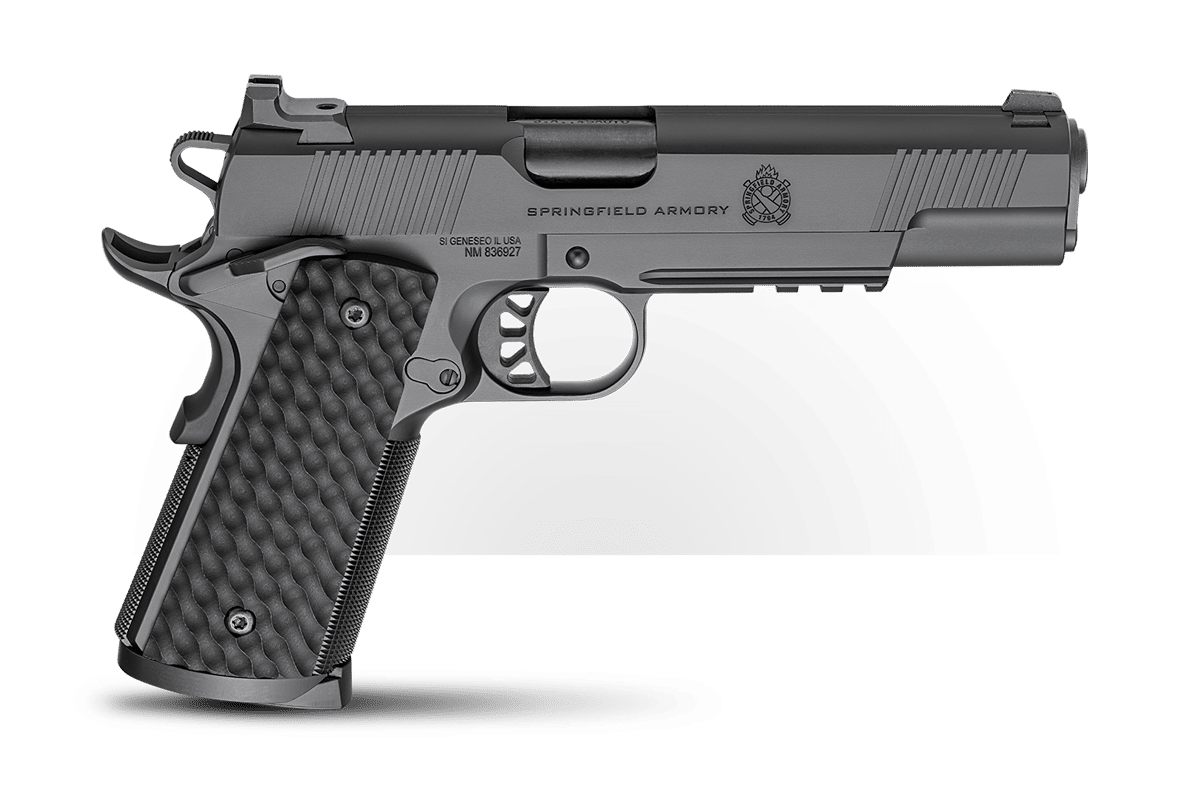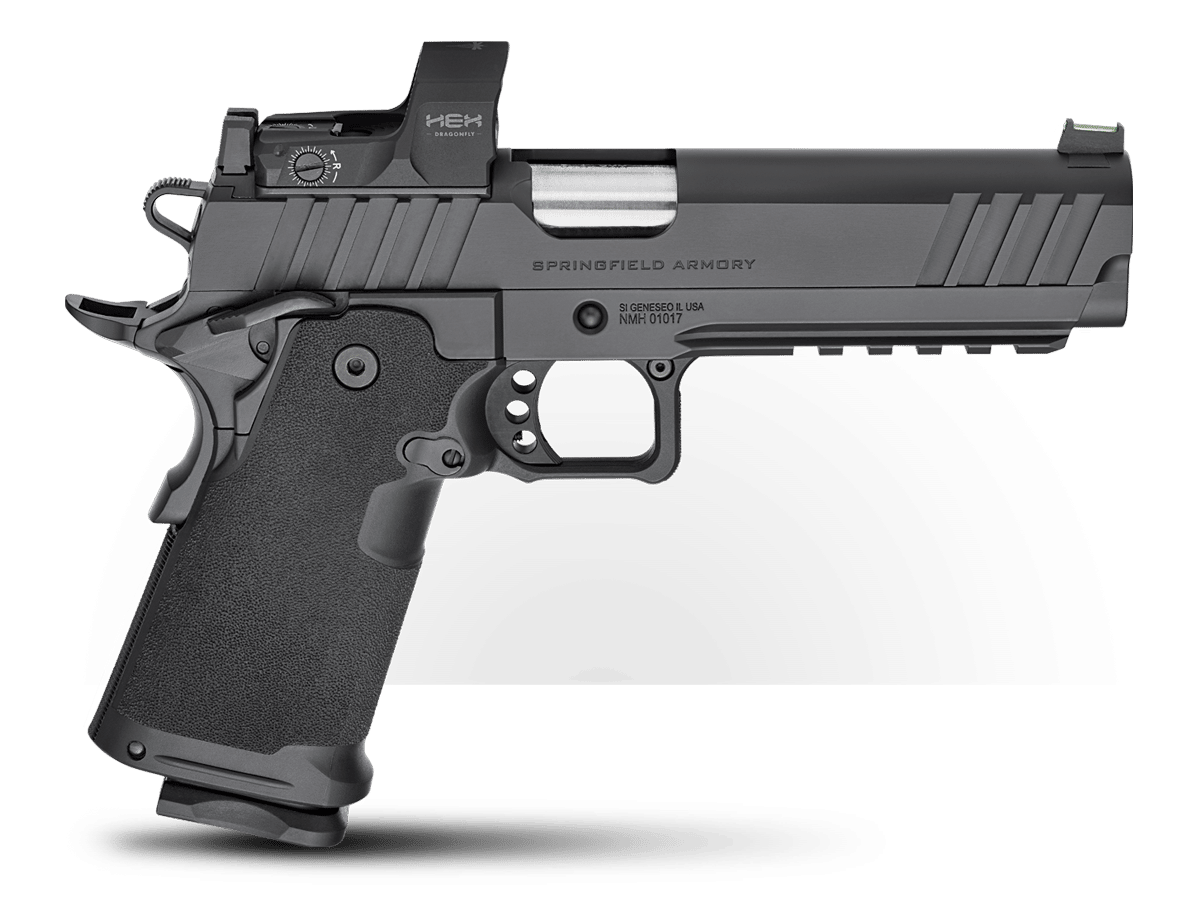Ayoob: 1911 — Outdated Hype and Nostalgia?
August 28th, 2025
5 minute read
One hundred and fourteen years after its introduction, the 1911 pistol endures. Indeed, it is more popular than ever.
Is it nostalgia? For some of us it is. A military surplus .45 my dad gave me for Christmas in 1960 was my first 1911 pistol, and I’ve been shooting them ever since. Go ahead, say “Boomer.” Say “Old Fart.” It’s true…but not for every 1911 aficionado.
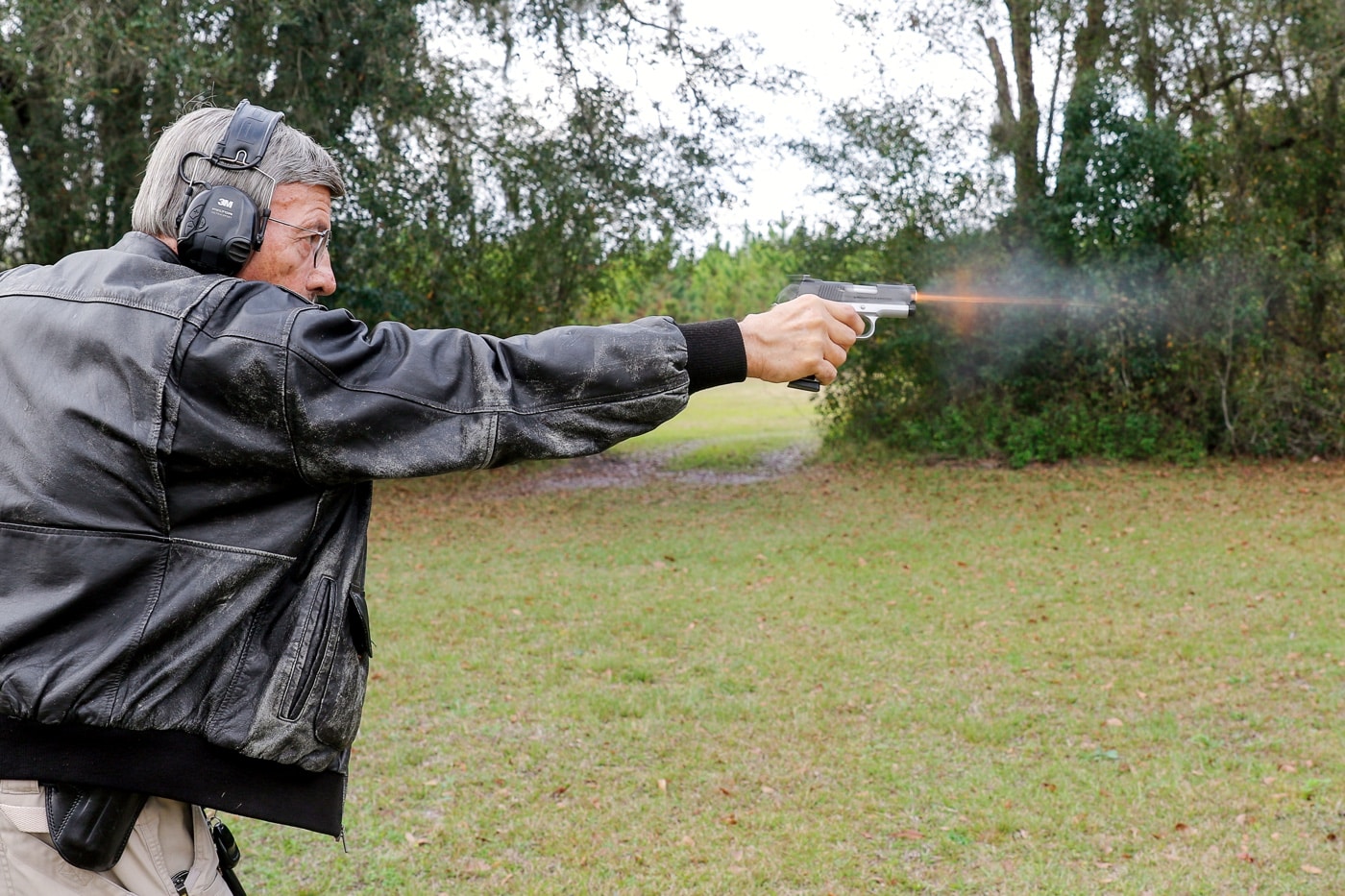
If it’s really a gun for the elderly, how do you explain the 18-year-old who not long ago was top shot in one of my classes with a red dot-sighted 9mm 1911, with a perfect score and an incredibly tight group? He told me he used that gun because he shot it better than anything else — including a selection of striker-fired guns.
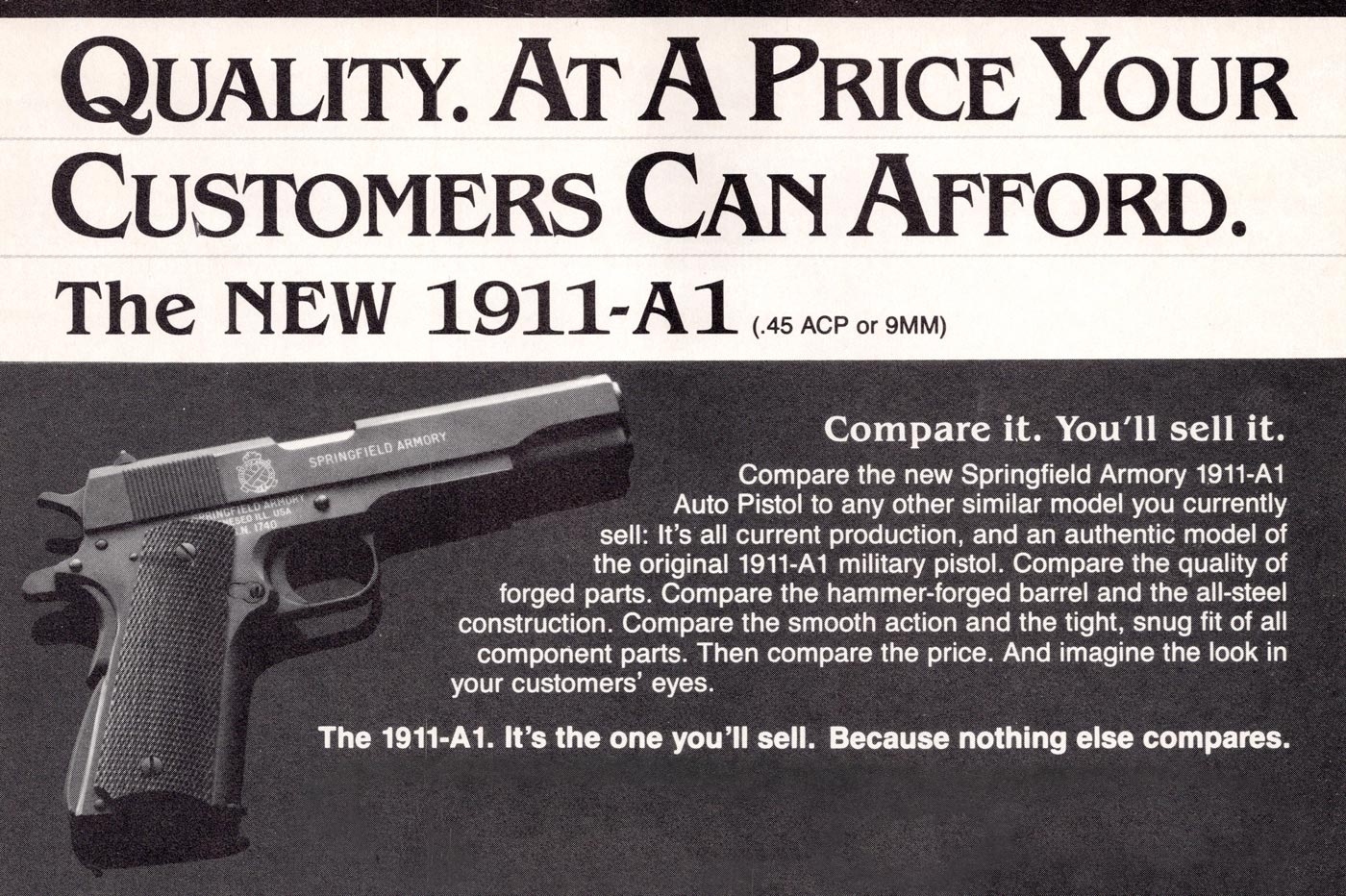
So, if this is the case, what’s the reason it’s still with us and at the peak of its popularity?
Ergonomics
Before “ergonomics” became a word, John Browning understood it and applied it to his designs. The grip-to-barrel angle of the 1911 is such that for most people, it “points” very well and very naturally. Advocates of point-shooting, from John McSweeney and Bradley Steiner to the great Rex Applegate, were fond of the 1911 pistol. Those of us who don’t care for point shooting and seek a visual index still appreciate the 1911 by and large because its natural pointing qualities bring it to our line of sight more quickly.
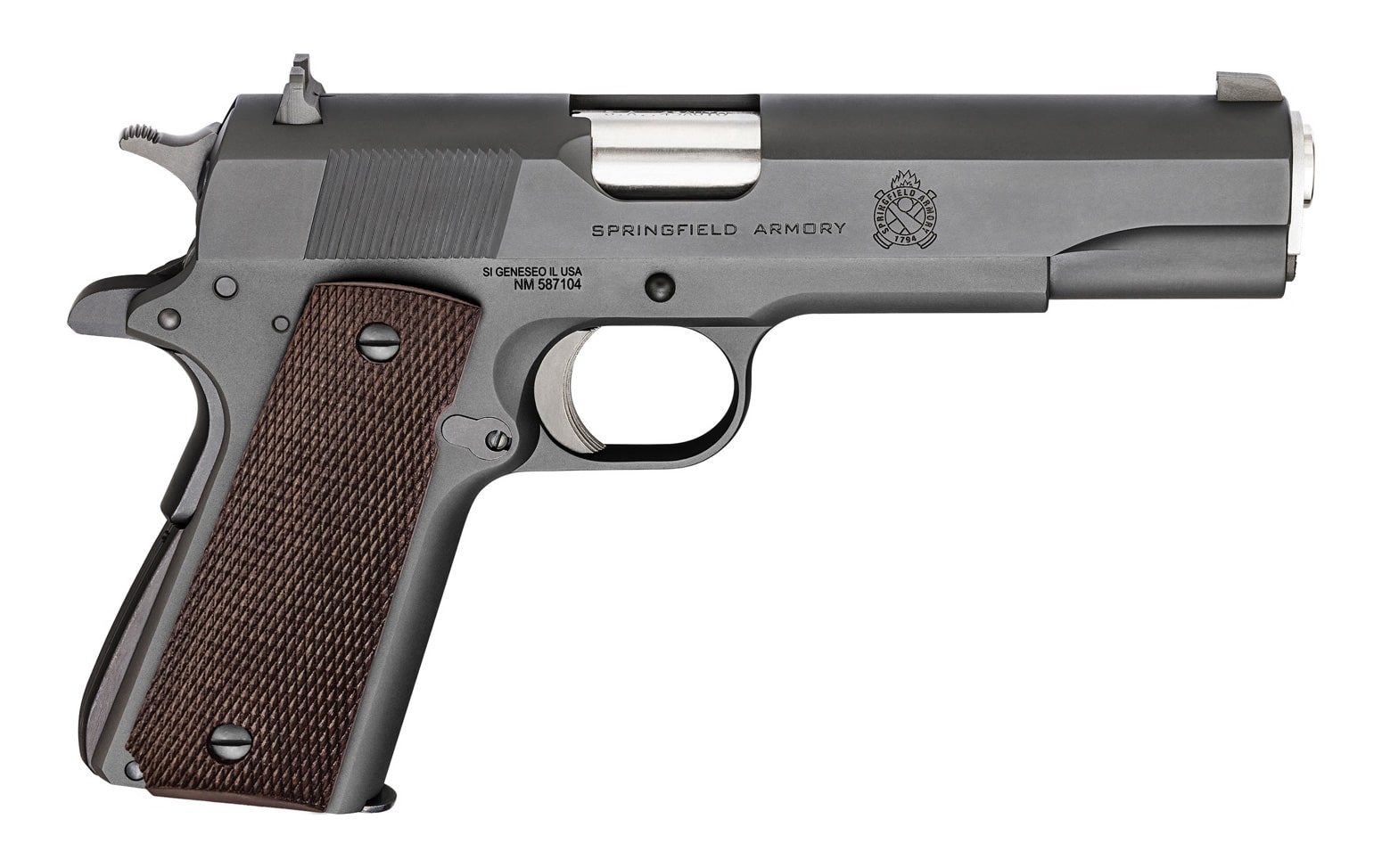
Among semi-automatic pistols with manual thumb safeties, none are more ergonomic than the one designed into the 1911. As the thumb takes a firing grasp, it naturally closes down on the lever and off-safes the pistol. An easy upward flick of the thumb returns the pistol to “on safe” condition without the shooter having to break a firing hold.
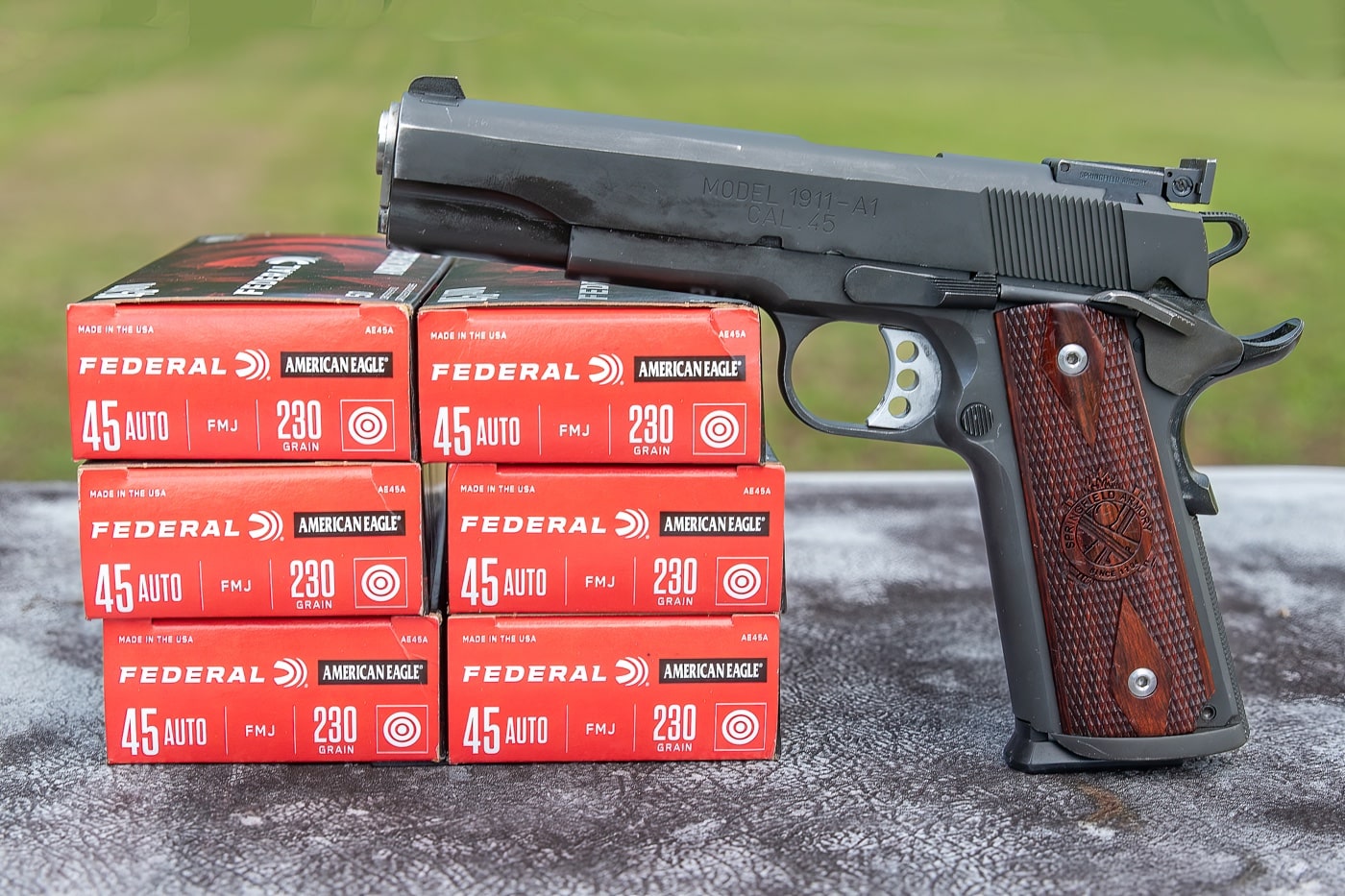
Today, we have a whole generation of striker-fired pistols expressly designed for their slide to be easy to retract, which is ideal for people who don’t have optimal hand strength. The 1911 has had that feature for 114 years: simply cock the hammer with the hand that runs the slide, and then rack the action. You have relieved the mainspring pressure of the hammer that had been helping hold the slide forward and now have only to work against the recoil spring. It will be even easier with the even lighter recoil spring of a 9mm 1911.
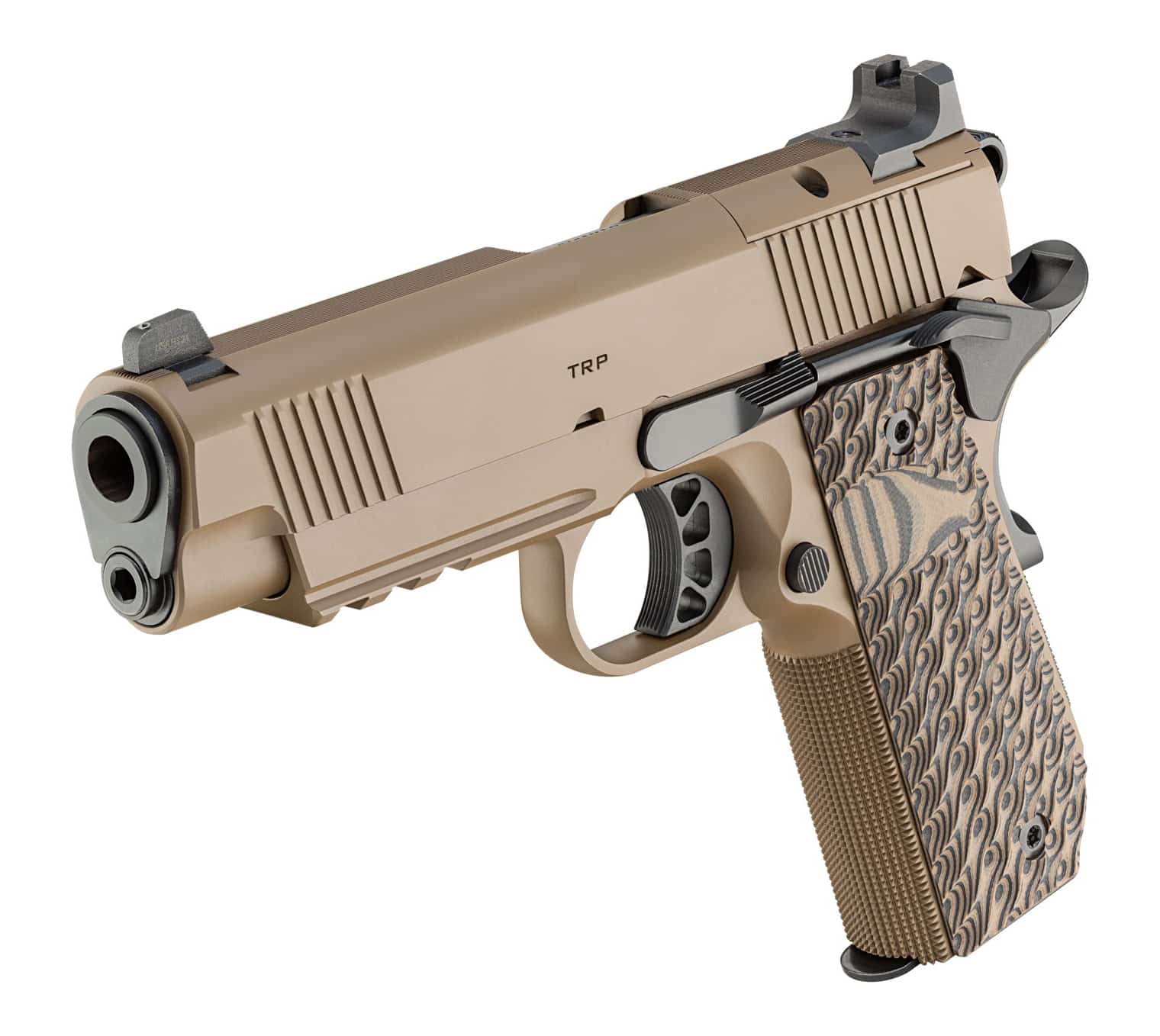
The 1911’s low bore axis design reduces muzzle rise and gets the gun back on target faster for follow-up shots. And the trigger pull? Aaahh…a 1911 strong point. Short, crisp, straight back, relatively light with a fast reset. Why do you think so many championships in so many handgun disciplines are still won by 1911s?
Safety
A huge safety advantage of the 1911 pistol is proprietary nature to the user. The generally accepted proper carry of a loaded 1911 is Condition One, cocked and locked, with a round in the chamber and the hammer back and the thumb safety in the on-safe position. In any struggle with a violent criminal, there is the risk of them momentarily gaining control of your firearm. To fire it, they’ll have to figure out which little button or lever on your pistol “turns it on.”
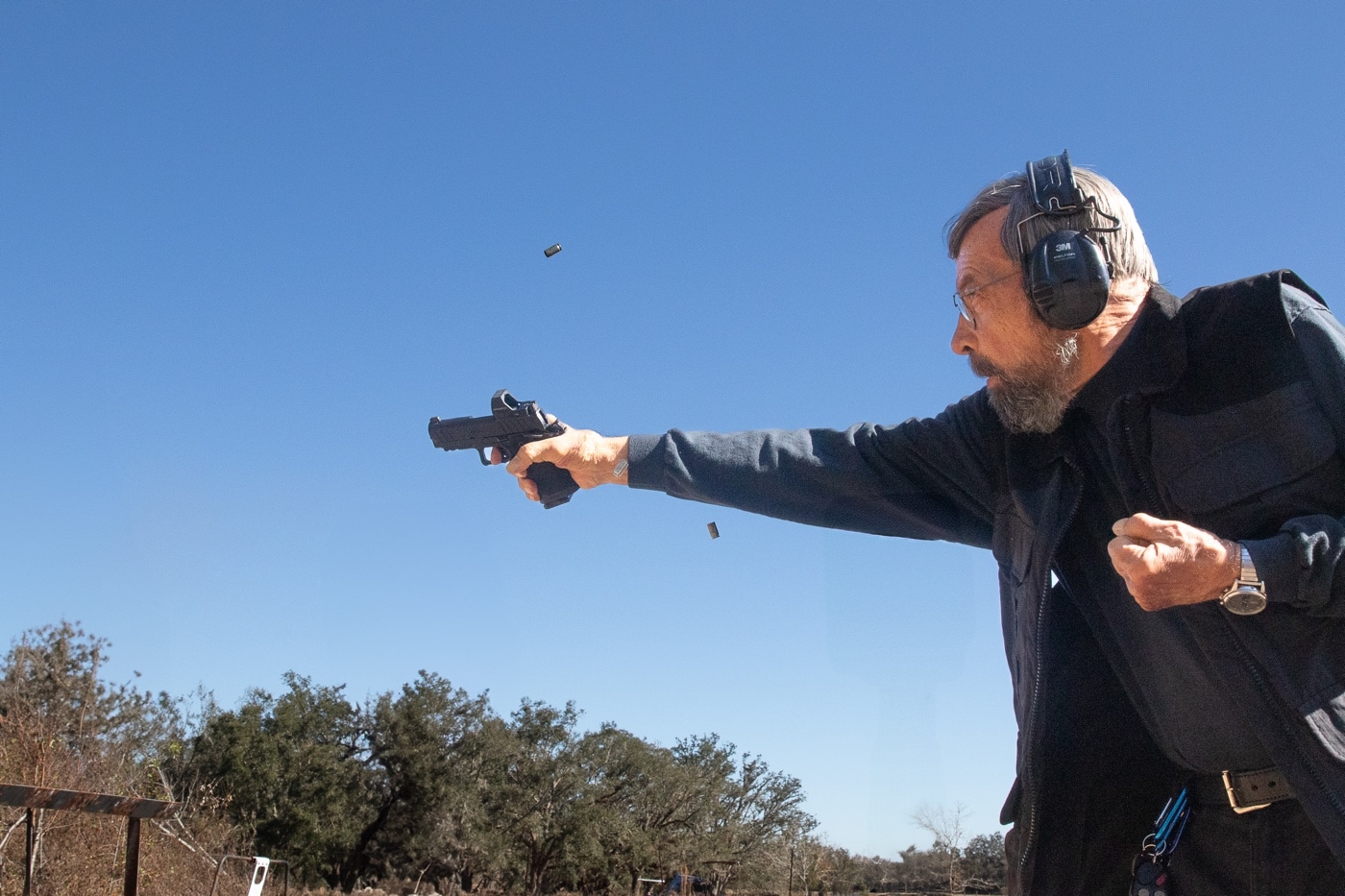
Unless they’re very familiar with 1911 type pistols (unlikely), they’re going to have to fumble around for a while to find the safety, buying you time to rectify the situation. Over the years I’ve seen countless cases where this has saved the lives of good guys and gals.
Adaptability
The firearm needs to fit the shooter if optimum performance is to be achieved. The 1911 turns out to be adaptable in that respect. Large, long-fingered hands? The Springfield Armory catalog has lots of 1911s with long triggers. Smaller hands with shorter fingers? The VZ slim-line grips on the Springfield Emissary or the short 1911-A1 trigger on the Mil-Spec .45 should suit you; ditto the smaller all-around grip configuration of the EMP (Enhanced Micro Pistol) in 9mm.
Want more cartridges on board than the legacy single-stack magazine offers? Check out the double-stack 1911 DS Prodigy series. You’re getting some printing from the bottom rear corner of the magazine? The TRP has a round-butt variation.
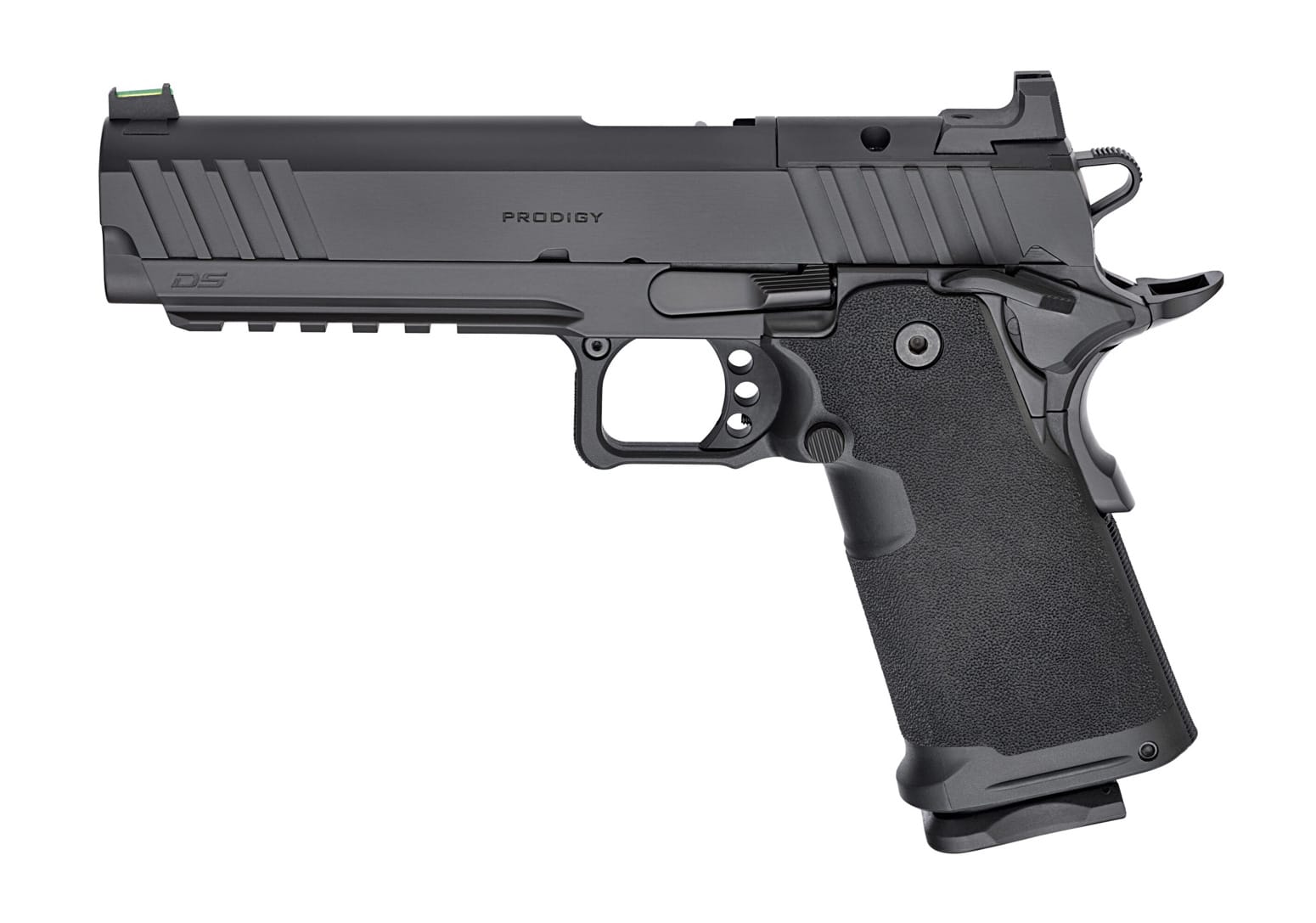
Caliber choice? You can get everything from .22 conversion units to the deep-driving 10mm and of course, the legendary legacy cartridge, .45 ACP. Gotta have a carry optic sighting system? Springfield Armory and others have you covered. You’re a southpaw? Order your 1911 with ambidextrous thumb safety.
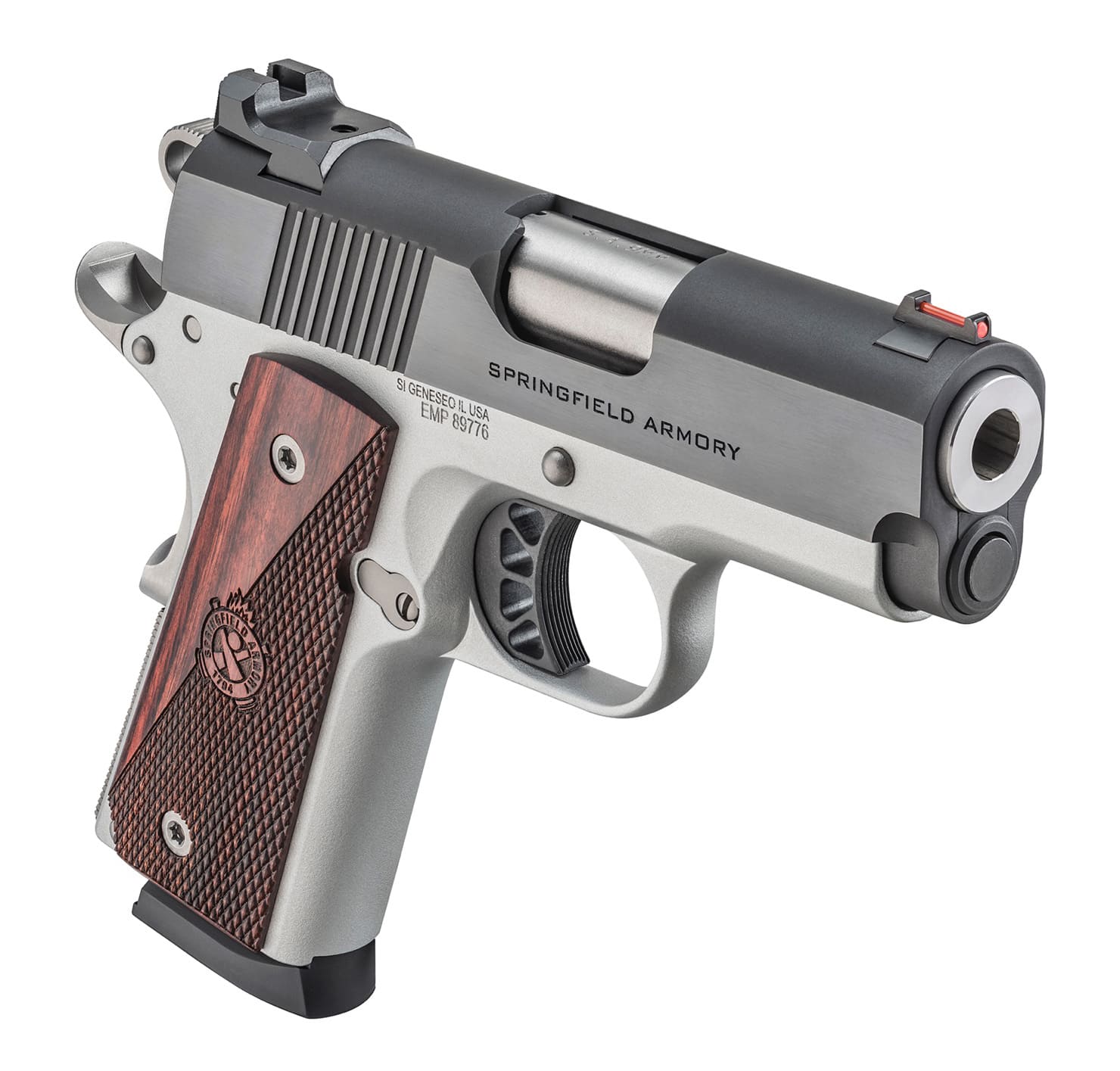
Concealed carry? Autopistols don’t come any slimmer in serious calibers than the 1911. That big L-shaped chunk of steel seems heavy? Aluminum-framed 1911s in .45 or 9mm or the scaled-down-to-9mm size EMP are there for you.
Conclusion
Yes, my friends, there is a lot more going for the 1911 style pistol today than nostalgia. Wouldn’t you agree?
Editor’s Note: Please be sure to check out The Armory Life Forum, where you can comment about our daily articles, as well as just talk guns and gear. Click the “Go To Forum Thread” link below to jump in!
Join the Discussion
Featured in this article
Continue Reading
Did you enjoy this article?

 609
609




